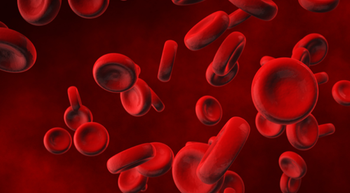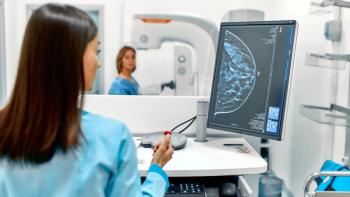
What Are the Barriers to CAR T-Cell Therapy Access in Multiple Myeloma?
Treatment access can still affect patients in urban communities, said Mary Steinbach, DNP, APRN.
Barriers to CAR T-cell therapy exist for patients with multiple myeloma, even in urban areas, said Mary Steinbach, DNP, APRN, a nurse practitioner at the Huntsman Cancer Institute at the University of Utah in Salt Lake City, Utah.
In a Community Case Forum with fellow oncology nurse practitioners familiar with the use of CAR T-cell therapy in multiple myeloma, Steinbach and her peers discussed common hold-ups encountered when treated patients with relapsed/refractory multiple myeloma, highlighting issues with access and living alone.
She added that while the NCCN’s recent change in Risk Evaluation and Mitigation Strategy protocol for CAR T-cell therapy in multiple myeloma should improve access issues, these changes have yet to take effect in most clinics.
Oncology Nursing News: What are the pros and cons of CAR T-cell therapy, as discussed during the meeting?
Steinbach: Everyone [nurse practitioners in the discussion] had a good understanding of kind of when to refer and the reasons to refer to CAR T-cell therapy. We discussed that limitations remain and that some patients, and even other providers in the community just don’t want to proceed that way. First, because of the travel that’s required to centers to deliver CAR T-cell therapy, the social and logistical aspect can be challenging. Everyone also understands how these are some of the most effective approaches at a certain time point for patients. Still, overall, the community doubts the usefulness for like an elderly patient with little social support.
How are urban communities affected by CAR T-cell therapy access issues?
One of the one concepts that is well described is the access issue for CAR T-cell therapy. This was largely an urban group, but still, there are access issues in urban areas as well, where [there may be] rural access issues and travel distance burden. An important point was made that those things still exist, even for people living in urban areas.
How might recent FDA REMS changes affect patient monitoring and restrictions for CAR T-cell therapy?
The new FDA changes to the REMS, and that might improve upon these things, but most academic centers haven't adjusted practice, patient monitoring, or those rules yet based on the news about the changes to the REM. Everyone's still following these older protocols that require 30 days and limit driving for 8 weeks. That's probably going to hang on for a little bit.
What supportive care is necessary for patients receiving CAR T-cell therapy?
We follow the NCCN guidelines for infection prophylaxis, the use of IVIG [intravenous immunoglobulin] monthly is super critical. That was something that not everyone was aware of and was an important point that came up. The antibiotic and antifungal prophylaxis based on neutropenia is also important and was discussed, but that's more common across all the relapsed/refractory multiple myeloma treatments. People are more familiar with that. We discussed monitoring for PJP [pneumocystis jirovecii pneumonia] prophylaxis.
How do you ensure that patients living alone, especially older patients, stay ahead of neurotoxicities?
The late neurotoxicity is the window during which patients might be alone most of the time and experience that. I don’t know that there is a way to ensure it is reported, but in most of those situations, the onset is a little slower, so if a patient is still being seen at least once a month or once every couple of months, hopefully [the neurotoxicity is] captured. If a patient is not going to report how they’re feeling or symptom changes, there’s no way to improve upon that once they’re outpatient past a certain time point, other than educating them to do it. The risk for those who don’t have support is the fact that then they might not have access to the therapy in the first place.
This transcript has been edited for clarity and conciseness.
Newsletter
Knowledge is power. Don’t miss the most recent breakthroughs in cancer care.






























































































